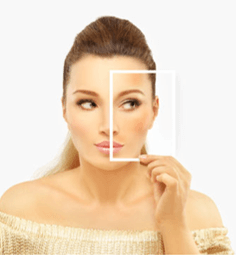
It all began with a teeny-weeny dot on your nose. Thinking it was just one of those pimples you get every now and then, you dutifully ignored it. Until it spread flat into a dark spot. And then spread further to your cheeks and neck. You start feeling dreadful and then horrified at the thought that you might be seriously sick. But wait! Before you hit the panic button, ruminate on this word: Hyperpigmentation.
What is Hyperpigmentation?
According to the American Osteopathic College of Dermatology, hyperpigmentation is “a common, usually harmless condition in which patches of skin become darker in colour than the normal surrounding skin.” (There, now that the experts have spoken, you can breathe a sigh of relief.)
Melanin is the culprit of this darkening. It is the brown pigment responsible for the colour of your skin, and when you produce too much, it tends to concentrate in certain areas like the face, neck, arms, and legs.
Skin discolouration happens to everyone regardless of race, skin colour, gender, or age. The condition is caused by a wide range of factors. Also, we won’t lie, it is sometimes a symptom of an underlying health issue.
What Causes Hyperpigmentation?
Sun exposure is the most common reason for having uneven skin tone and is also why pigments will more likely form on the body parts mentioned above. This type of skin hyperpigmentation is aptly called sun spots. Other types can be exacerbated as well when subjected to UV rays because melanin absorbs those harmful beacons to protect the skin.
Breakouts and skin diseases like psoriasis may leave hyperpigmentation acne scars and dark spots behind even when they are already totally healed. Injuries, burns, cuts, inflammation, bug bites, and surgery could do the same. Minor skin trauma from everyday skincare, such as shaving, waxing, and harsh scrubbing can change the colour of your complexion as well.
Oral medications have also been known to turn the skin gray and even result in hyperpigmentation around the mouth. These include tricyclic antidepressants and antimalarial drugs. Certain chemicals in topical products could also cause dark spots.
Not all sources of hyperpigmentation are external in nature. Age is another factor. Hormonal changes during pregnancy and when taking birth control pills can result in dark patches called hyperpigmentation melasma. And if you have freckles on any part of your body, you can blame your DNA.
Some health conditions, such as hemochromatosis and Addison’s disease, can make the skin darker as well.
Skin Care Routines for Hyperpigmentation
Thankfully, we now have a myriad of options to achieve a flawless, pigment-free complexion. You can base your selection on your skin type, the kind of hyperpigmentation spots you have, the body part it affects, and most importantly, your budget.
Here’s how to get rid of hyperpigmentation with the choices available on the market:
Broad Spectrum Sunscreen SPF 30 (or higher). This is actually non-negotiable. And make sure to slather it on all exposed facial and body parts, not just your nose.
Prescription Creams with Hydroquinone. Don’t be intimidated, it’s just medical parlance for skin bleach. You may also use regular skin lightening creams from your local drugstore, though it may take twice longer to see results.
Prescription Creams with Tretinoin and Cortisone. These products are prescribed by dermatologists for severe hyperpigmentation cases. Improvement is observed in 3-6 months, mainly due to the depth of discolouration.
Other Topical Creams. Just because they’re available over-the-counter or on the aisle doesn’t mean they are ineffective. The trick is to read labels carefully and look for these ingredients: azelaic acid, corticosteroids, kojic acid, Vitamin C, Vitamin E, aloe vera, and tea tree oil.
Laser Treatments. More commonly used to treat melasma and post inflammatory hyperpigmentation, these procedures are very effective and will not leave scars (otherwise, what’s the point?).
Cosmetic Procedures. If a visit to the derma is quite beyond your budget, you can look for spas and salons with a resident licensed skincare specialist. They can perform chemical peels, microdermabrasion, and intense pulse light therapy.
Best Products for Hyperpigmentation
“Prevention is better than cure” may sound cliche, but it also happens to be true. Now that you know the causes of your uneven skin tone, you can take steps to avoid it.
1. Sun-Proof Your Face and Body
CeraVe Hydrating Sunscreen SPF 30 Face Sheer Tint for greaseless and moisturizing hyperpigmentation face protection. Gentle to sensitive skin this sunscreen goes well with all skin tones.
Supergoop! PLAY Everyday Lotion SPF 50 with Sunflower Extract is water and sweat-resistant, perfect for a day at the beach or your regular gym workout. Comes in 18 fl. oz. size.
Made in the Shade Mineral Foundation, a full-cover powder with natural SPF 29 (Zinc) and antioxidants. Developed by Hollywood’s pro makeup artists and dermatologists for sensitive skin.
2. Boost Your Sunscreen with Vitamin C
Juvive Vitamin C Serum also contains Vitamin E for an extra jab of anti-aging power.
SkinCeuticals Phloretin CF includes antioxidants and ferulic acid which diminishes discolouration and evens out your skin tone.
3. Add a Concealer to Your Makeup Ensemble
Dermaflage Concealer hides periorbital hyperpigmentation (those dark circles around your eyes), acne, bruises, discoloured scars, and even tattoos. It’s also water and smudge-proof and lasts all day.
Colorescience Total Eye 3-in-1 Renewal Therapy SPF 35 treats periorbital hyperpigmentation and can be used overnight.
4. Exfoliate
The Ordinary AHA 30% + BHA 2% Peeling Solution is your once-a-week solution to diminish the appearance of dark spots and blemishes.
SkinMedica Lytera 2.0 Pigment Correcting Serum helps balance your melanin levels to correct existing hyperpigmentation and prevent new ones from forming.
5. Improve Your Nighttime Routine
Dermaflage Multi-Task Makeup Remover is more than that. It cleanses, hydrates, moisturizes, fights breakouts, and protects your skin with powerful antioxidants to fight premature signs of aging. All these actions keep hyperpigmentation at bay.
Dermaflage Good Skin Scar Cream reduces the appearance of scars, wrinkles, and stretch marks. It is compatible with all skin types, non-greasy, and quick-absorb. You may also use it during the day as a moisturizer and makeup primer.
Hyperpigmentation Treatment for Black Skin
The treatments enumerated in the previous sections are all applicable to individuals with dark skin because the causes of hyperpigmentation on black skin are the same as well.
However, it is worthy to note that those with darker skin tones (not just black) are more prone to developing melasma due to their higher levels of melanin. It takes the form of dark brown or gray-brown symmetric patches on the forehead, nose, cheeks, upper lip, chin, neck, shoulders, chest, and arms.
While it might not be realistic to believe that all types of hyperpigmentation on black skin can be prevented, Medical News Today advises taking these steps to lower the risk of developing them:
- Avoid being under direct sunlight from 10:00 AM and 4:00 PM
- Apply sunscreen with SPF 30 or higher every day
- Reapply your sunscreen every two hours or more frequently when swimming, exercising, or engaging in activities that make you sweat
- Moisturize your skin at least once a day
- Choose gentle exfoliating skin products
- Immediately address skin issues like acne and psoriasis
- Consult your doctor when black spots appear after taking birth control or other medications
Best Products for Hyperpigmentation in Black Skin
Skin discolouration may not be a serious condition, but sometimes, it can be a symptom of dermatitis or skin cancer. The American Academy of Dermatology Association has found that late diagnosis of these diseases occurs more often among people of colour. Thus, it is important for them to regularly consult a dermatologist.
In between those consultations, using these products can help avoid the escalation of hyperpigmentation into an issue of concern:
- Peter Thomas Roth Potent-C Vitamin C Targeted Spot Brightener which includes 10% THD Ascorbate, a very potent form of Vitamin C.
- Kiehl’s Clearly Corrective Dark Spot Solution targets acne scars and is safe to use twice a day.
- Behind the Scenes Pro Concealer Palette helps to camouflage discoloured scars, dark circles and bruises. Comes in three colours you can mix and match to blend with your skin tone.
- Philosophy Turbo Booster C Powder can be added to any eye cream, serum, or moisturizer for the extra skin brightening kick.
- Tatcha Violet-C Radiance Mask (Oil Soluble) helps even out skin tone and diminishes red blotches.
- Dr. Dennis Gross Skincare Alpha Beta Extra Strength Daily Peel addresses dark spots, acne scars, redness, and fine lines.
Final Thoughts
We’ve said it before and we’ll say it again: Hyperpigmentation is a harmless discolouration of the skin. But every person reacts differently to this condition, and we will not invalidate your feelings of low self-esteem or self-consciousness if that is how it affects you.
By all means, see a dermatologist or skin expert to discuss your treatment options. Alternatively, you can try the recommendations listed above.
What’s more important is that you are constantly alert to sudden changes in your skin colour. If it lingers, grows larger, or feels deeper, it’s time to speak to your doctor.

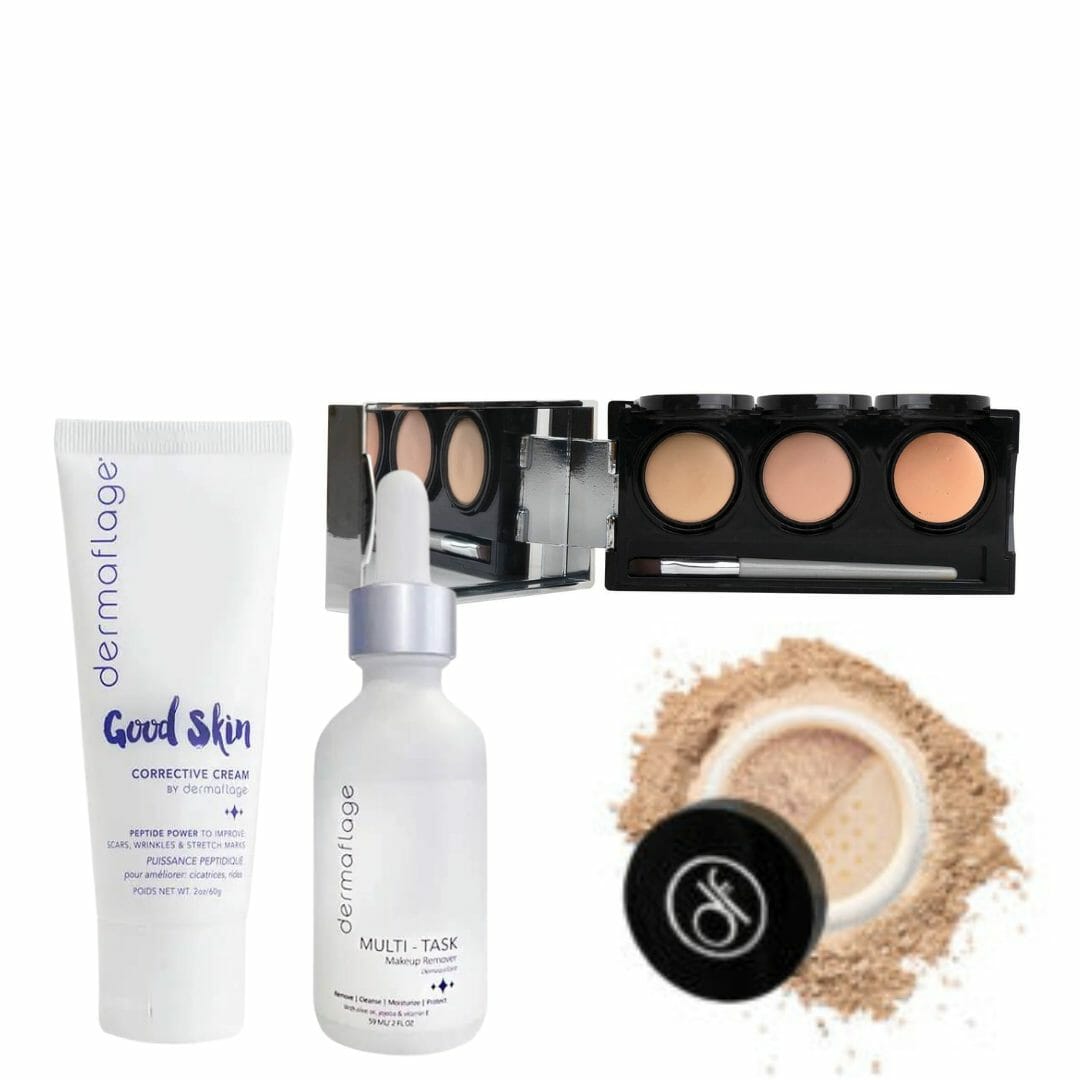
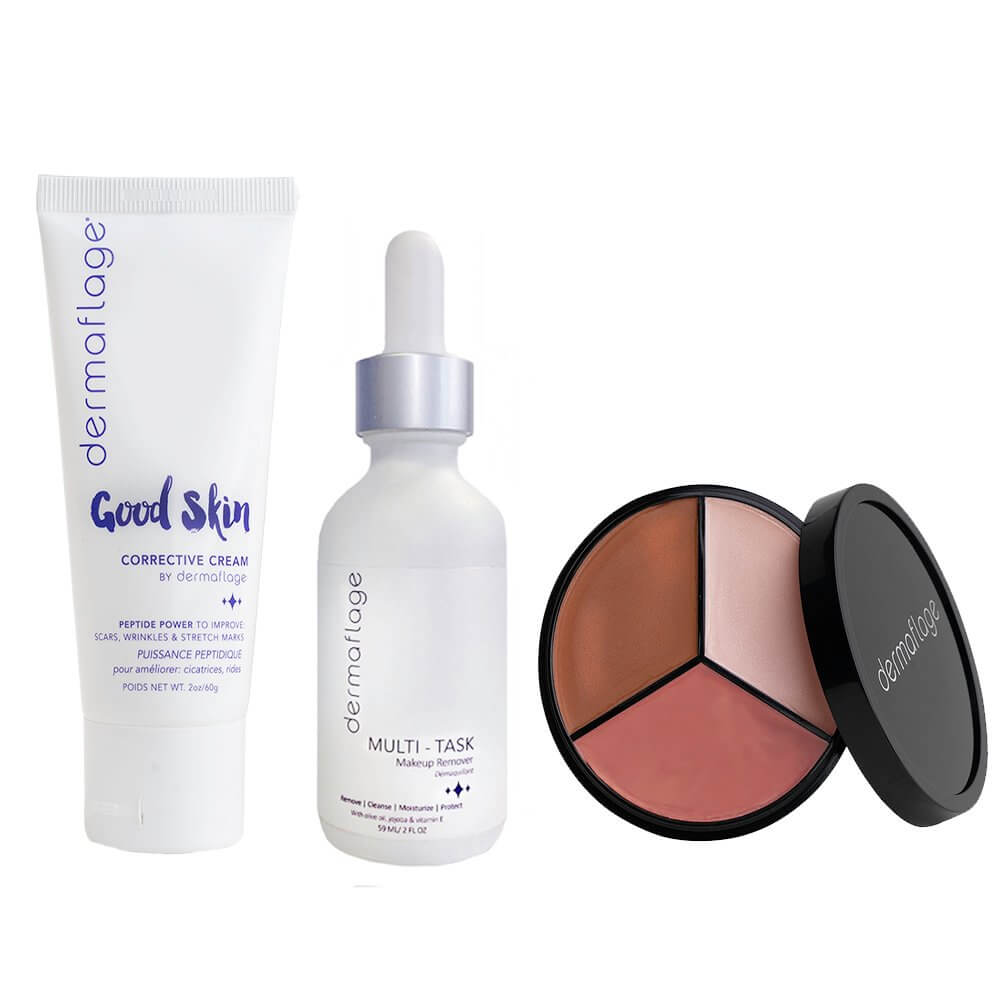

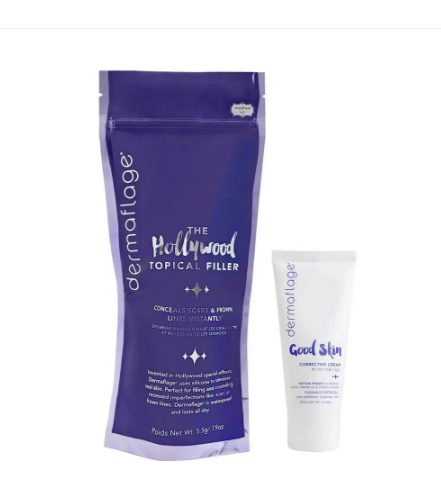


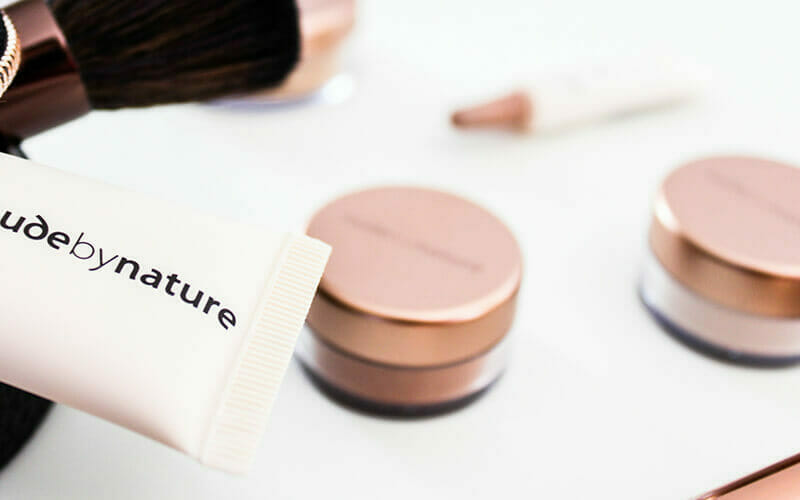

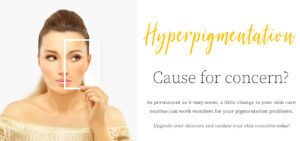



Leave a Reply
You must be logged in to post a comment.